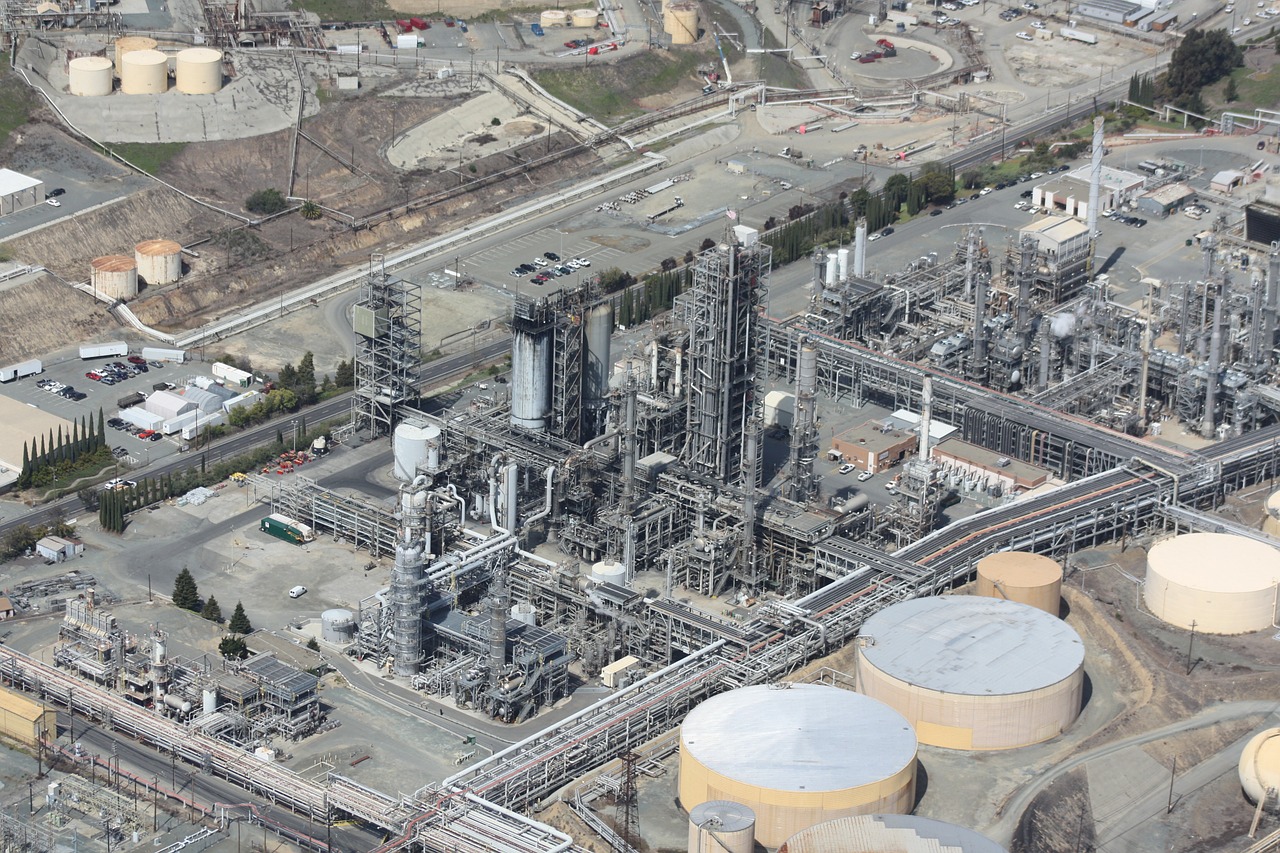Natural gas has long been an abundant natural resource in Afghanistan, but the nation has only recently gained the resources and opportunity to fully harness its potential.
 Petroleum exploration efforts began in Afghanistan in 1936, but increased significantly with the assistance of the Soviet Union after 1957. Although Soviet financial and logistical support helped to reveal an expanse of petroleum resources in northern Afghanistan, primarily within the Amu Darya basin in Jowzjan Province, a large portion of the natural gas from Afghanistan’s 144 active wells went to the Soviet Union.
Petroleum exploration efforts began in Afghanistan in 1936, but increased significantly with the assistance of the Soviet Union after 1957. Although Soviet financial and logistical support helped to reveal an expanse of petroleum resources in northern Afghanistan, primarily within the Amu Darya basin in Jowzjan Province, a large portion of the natural gas from Afghanistan’s 144 active wells went to the Soviet Union.
Natural gas operations in Afghanistan declined significantly after the withdrawal of Soviet military forces in 1989, and remained stagnant throughout the tumultuous periods that followed. After more than a decade of unrest brought about by the Afghan Civil War and Taliban regime, Afghanistan is just beginning to resume natural gas exploration and production activities with the support of both domestic institutions and the international community.
Bayat Power, a wholly owned subsidiary of Bayat Energy, is one of many organizations working to expand access to natural gas. In a Memorandum of Understanding jointly signed with the Government of the Islamic Republic of Afghanistan in 2015, Bayat Power laid out plans for an Independent Power Producer investment program that will support the construction of a new gas-fired power plant in Sheberghan, Jowzjan Province. Scalable up to a max generation capacity of 200 MW, the power plant will play a significant role in bringing the many benefits of natural gas to a wider Afghan population while spurring progress in the nation’s domestic energy sector. Here are a few of natural gas’ most beneficial traits.
-
Clean
Natural gas is far cleaner than other fossil fuels. In addition to not leaving behind ash or odor when it burns, it yields far fewer harmful air emissions. It benefits from an incredibly pure and simple chemical composition, comprising just one carbon atom and four hydrogen atoms, and is, on average, 95 percent methane. This means the primary byproducts of its combustion are water vapor and carbon dioxide; however, natural gas produces significantly less CO2 than other power sources. For each billion British Thermal Units (Btu) of energy produced, coal releases 208,000 pounds of carbon dioxide emissions into the atmosphere, with oil producing some 164,000 pounds. In contrast, 1 billion Btu of natural gas energy results in just 117,000 pounds of CO2.
In addition to generating a lower amount of carbon dioxide than comparable energy sources, natural gas combustion also yields less sulfur dioxide, nitrogen oxide, and additional particulate matter, thereby reducing the occurrence of acid rain and smog, as well as health and visibility issues resulting from air pollution.
-
Efficient
According to the American Gas Association, approximately 90 percent of natural gas becomes usable energy for consumers. By contrast, just 30 percent of energy that is converted to electricity ever reaches home or business owners. Additionally, natural gas is susceptible to fewer interruptions in delivery; because they lie underground, natural gas pipelines experience relatively few outages or malfunctions. Natural gas is also incredibly cost efficient—gas appliances generally cost less to operate than their electric counterparts, and natural gas is both a cheaper and more environmentally sustainable fuel for vehicles, yielding 25 percent less greenhouse gas emissions.
-
Safe
Natural gas is the safest traditional energy source, both in terms of environmental impact and human risk. Because it is odorless and colorless, utilities typically add mercaptan to natural gas to give it a pungent, rotten-egg odor that will make leaks easily detectable. Thanks to scientific and technological advancements, natural gas safety incidents in America have declined by approximately 40 percent over the past decade, even as usage has steadily increased.
-
Convenient
 Because utilities providers deliver natural gas via pipeline directly into each home or facility, there is no need for regular deliveries or onsite storage. For customers who would otherwise rely on propane for their energy needs, the lack of an underground or above-ground oil storage tank eliminates the risk of spills and environmental contamination. Moreover, natural gas offers a vast array of applications both within and outside the home; it can power grills, stoves, ovens, and fireplaces, as well as decorative outdoor lighting, tankless water heaters, and washers and dryers.
Because utilities providers deliver natural gas via pipeline directly into each home or facility, there is no need for regular deliveries or onsite storage. For customers who would otherwise rely on propane for their energy needs, the lack of an underground or above-ground oil storage tank eliminates the risk of spills and environmental contamination. Moreover, natural gas offers a vast array of applications both within and outside the home; it can power grills, stoves, ovens, and fireplaces, as well as decorative outdoor lighting, tankless water heaters, and washers and dryers.
-
Innovative
While a clean energy source on its own, natural gas is also a key factor in the creation of many other alternative power sources and sustainable technologies. It is often used as fuel to power other clean utilities, and as a raw material, it is integral to the development of wind turbines, solar panels, and sustainable cars. It is also a key ingredient in certain fertilizers. In addition, one of the key components of natural gas—methane—can be used to generate hydrogen, which can help eliminate impurities in diesel fuel.

